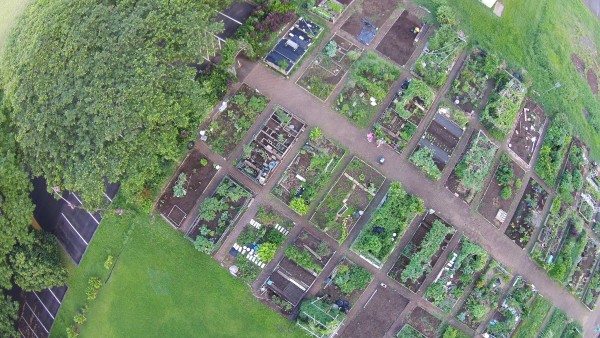
In late 2015, the City of New York fulfilled the promise of the “MillionTreesNYC” program by planting its millionth tree. While the program was designed primarily to make the city greener and more resilient to floods during storms like Hurricane Sandy, the project also served as a predominantly positive experience for thousands of volunteers, who then went on to become more involved in civic life in their communities. Since the vast majority of those volunteers came from white, middle class and affluent backgrounds it is hard to determine if the lessons of New York can be applied to other sectors of the population to increase civic engagement, especially among minorities and lower-income Americans.
Benefits beyond the environment
The MillionTreesNYC program is a public-private partnership that was created between Mayor Michael Bloomberg’s administration and a private nonprofit group, the New York Restoration Project. Of course, trees have many environmental benefits, including providing absorbing carbon, beautifying neighborhoods, creating shade, and preventing soil erosion. Yet we find another benefit: the initiative has also encouraged New Yorkers to get more involved in environmental projects of all sorts and become more engaged citizens overall.
To date, little research has been done on the connections between green initiatives and enhanced citizen participation. In our recent book, Urban Environmental Stewardship and Civic Engagement: How Planting Trees Strengthens the Roots of Democracy, my co-authors and I present findings from a two-year study of more than seven hundred volunteer stewards who got involved in the MillionTrees Initiative. The findings we present in our book are consistent with those from my research on other environmental projects in New York City, Philadelphia, and Washington DC, which are known for their diverse populations. Nevertheless, the participants in all of these projects tended to be whiter, more highly educated, and more female than their communities overall.

 Research to Improve Policy: The Scholars Strategy Network seeks to improve public policy and strengthen democracy by organizing scholars working in America's colleges and universities. SSN's founding director is Theda Skocpol, Victor S. Thomas Professor of Government and Sociology at Harvard University.
Research to Improve Policy: The Scholars Strategy Network seeks to improve public policy and strengthen democracy by organizing scholars working in America's colleges and universities. SSN's founding director is Theda Skocpol, Victor S. Thomas Professor of Government and Sociology at Harvard University.